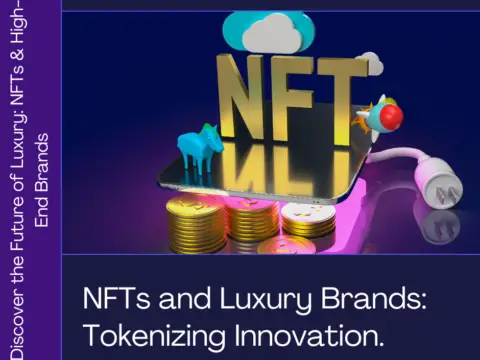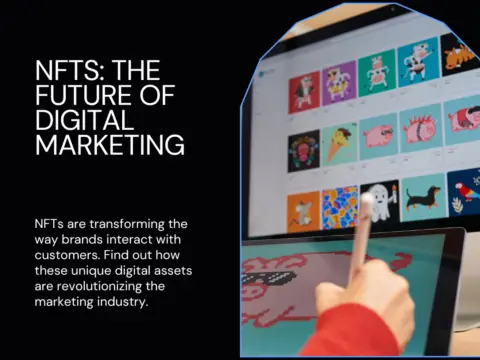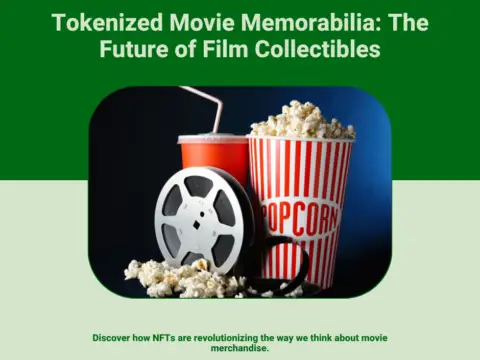Non-fungible tokens (NFTs), unique digital assets that represent ownership of specific items or content on the blockchain, have transcended the realm of art and entertainment to make a meaningful impact on philanthropy and fundraising. In this exploration, we delve into the intersection of NFTs and philanthropy, examining how digital collectibles are transforming traditional fundraising methods and contributing to charitable causes.
1. Redefining Digital Ownership in Philanthropy: NFTs introduce a novel way to redefine digital ownership in the context of philanthropy. By tokenizing digital collectibles, charities can offer unique and exclusive items to donors, providing a tangible and verifiable representation of their support. This shift in ownership dynamics adds a new layer of value to the act of giving.
2. Tokenized Art for Charitable Causes: Artists and creators can tokenize their works as NFTs, with a percentage of the proceeds dedicated to charitable causes. This approach allows art enthusiasts to support both the artist and a chosen charity simultaneously. The transparency of blockchain ensures that contributions are traceable, fostering trust between creators, buyers, and the charitable organizations involved.
3. Exclusive NFT Campaigns for Fundraising: Charities can launch exclusive NFT campaigns as part of their fundraising efforts. These campaigns may include limited edition digital collectibles, virtual experiences, or even personalized interactions with celebrities. The exclusivity and scarcity inherent in NFTs can drive heightened interest and participation in philanthropic initiatives.
4. NFT Auctions and Charity Events: NFT auctions have become a popular method for charities to raise funds. Rare and unique digital assets are auctioned off to the highest bidder, with the proceeds directed towards specific charitable projects. These events leverage the interactive and global nature of blockchain technology to attract a diverse audience of supporters.
5. Charitable Partnerships with NFT Platforms: Collaborations between charities and NFT platforms have emerged as a powerful strategy. NFT marketplaces can host dedicated sections for charitable causes, showcasing digital collectibles associated with specific organizations. Charitable partnerships provide exposure to a broader audience of potential donors within the NFT community.
6. Direct Peer-to-Peer Giving Through NFTs: NFTs enable direct peer-to-peer giving within the digital space. Individuals can transfer NFTs representing digital collectibles directly to others as a form of donation. This decentralized and transparent method of giving ensures that the full value of the NFT goes directly to the recipient or the designated charitable cause.
7. Creating Virtual Fundraising Galas: NFTs facilitate the creation of virtual fundraising galas and events. Attendees can purchase digital tickets represented as NFTs, granting them access to exclusive virtual experiences, live performances, and interactions with influencers or celebrities. The proceeds from these events contribute to charitable initiatives.
8. Establishing Charitable NFT Endowments: Charities can establish NFT endowments, where a collection of digital assets is held in reserve for ongoing fundraising efforts. This approach allows charities to continually generate funds by strategically releasing new NFTs or holding periodic auctions to support their mission over the long term.
9. Supporting Social and Environmental Causes: NFTs in philanthropy extend beyond art and may include digital representations of social or environmental causes. Charities focused on issues such as climate change, human rights, or healthcare can leverage NFTs to symbolize their mission and raise awareness, driving support from a tech-savvy and socially conscious audience.
10. Emphasizing Transparency and Impact: Blockchain’s inherent transparency ensures that every transaction associated with charitable NFTs is traceable. Charities can use this feature to provide donors with real-time updates on how their contributions are making a tangible impact. This emphasis on transparency enhances accountability and trust in the philanthropic process.
Conclusion: The intersection of NFTs and philanthropy opens up new possibilities for fundraising and social impact. Digital collectibles offer a dynamic and engaging way for individuals to contribute to causes they care about while enjoying unique and exclusive virtual assets. As the NFT space continues to evolve, its role in philanthropy is likely to expand, creating innovative avenues for charitable giving in the digital age.




